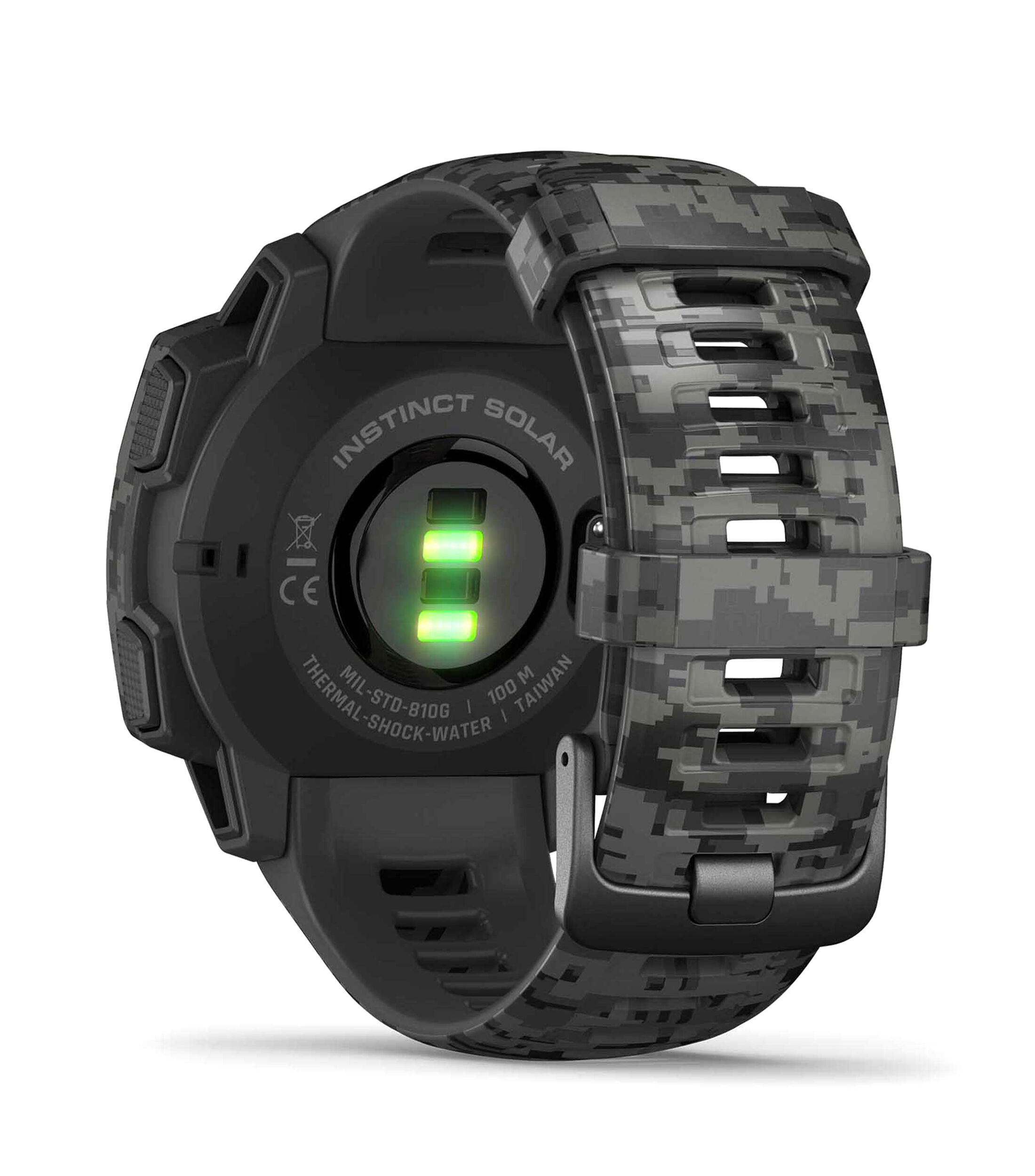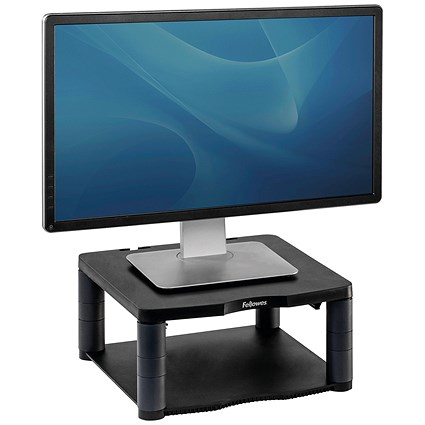

The word itself has Greek origins: tele means “remote” and metron is “to measure.” For many of us, telemetry conjures up recollections of NASA space travel and the myriad of instruments spread out across the Space Shuttle cockpit or the displays in mission control centers. Telemetry refers to the collection of measurements, typically of remote instruments, for the purposes of monitoring. And most important to us (I hope), software engineers and systems administrators use telemetry-recorded measurements-to measure the effectiveness of their system designs and deployments. Fans of the Adventure Time with Finn and Jake show record the number of times that Lumpy Space Princess utters “oh my Glob” in a single season.

Sports statisticians analyze trends by players and teams to identify the most productive athletes and most effective coaching strategies. Weather forecasters use climactic data to predict changes in temperature, barometric pressure, and wind speed. Virtually every activity we perform can be measured and analyzed.

Monitoring with Graphite trains us to be able to answer more pertinent questions than, “Is my server alive?” We should be able to quickly ascertain: “Are customers suffering a degraded experience?”, “How has our sales team performed over the last quarter?”, and “Do we have enough capacity to absorb a Reddit front-page posting?”
#Monit graphite how to#
One of my goals in teaching users how to use Graphite effectively is not just how to monitor “better,” but how to store and retrieve data in a way that helps us manage risk, predict capacity shortfalls, and align our IT strategy with the overarching business needs of the organization. This book is about monitoring with Graphite.


 0 kommentar(er)
0 kommentar(er)
